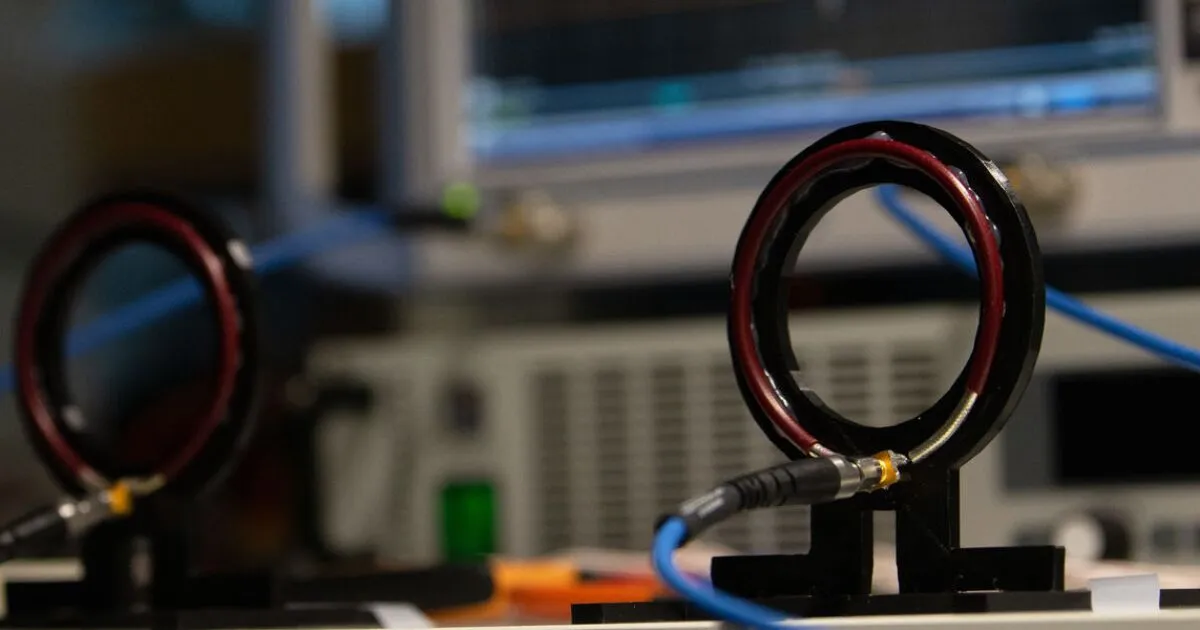- cross-posted to:
- tech@pawb.social
- cross-posted to:
- tech@pawb.social
Adoption of wireless charging has been fairly slow, but it could pick up if it worked over longer distances. Now, engineers at Aalto University have developed a new system that can allow more efficient wireless power transmission over longer distances.
Currently, wireless charging requires that a device be left on a pad or dock, which isn’t much better than wired charging. The ultimate end goal for wireless charging would be where we no longer even have to think about charging our devices – they’d just top up wirelessly while we’re in our homes. It’s the same way we don’t have to plug our phones in to receive data, since Wi-Fi takes care of it without us thinking about it.
The problem is, wireless charging efficiency drops off very quickly as the distance between sender and receiver increases, and radiation from the sending and receiving coils interferes with the transmission. So for the new study, the Aalto team developed a new dynamic theory of wireless charging that allows them to increase efficiency over longer distances.
The team tested the idea using two loop antennas, each 7.2 cm (2.8 in) wide. By tweaking the currents in the antennas, they were able to suppress the radiation resistance in the loops and increase the efficiency. Even when placed 18 cm (7 in) apart, the power transfer efficiency remained high at over 80%.


